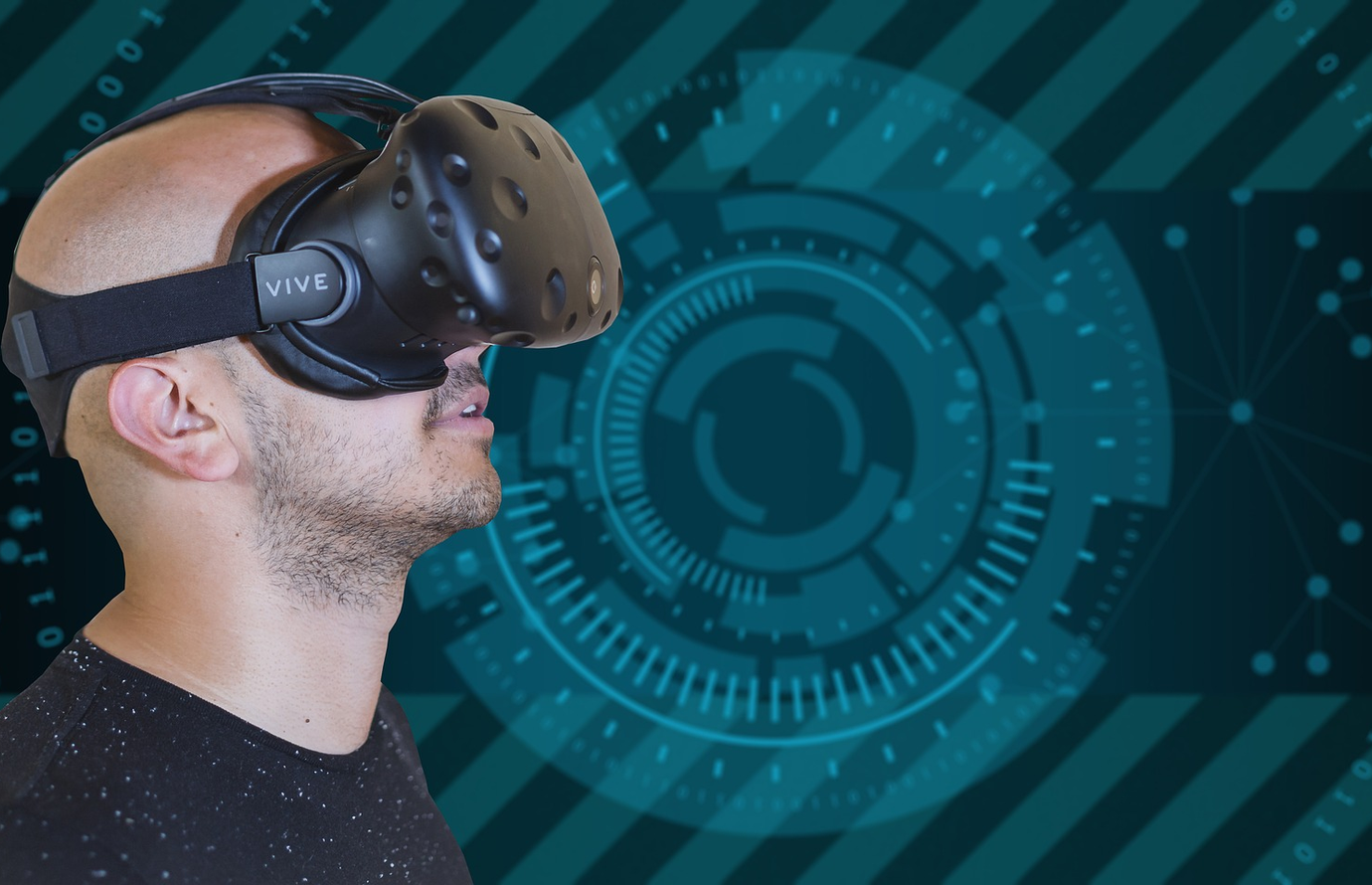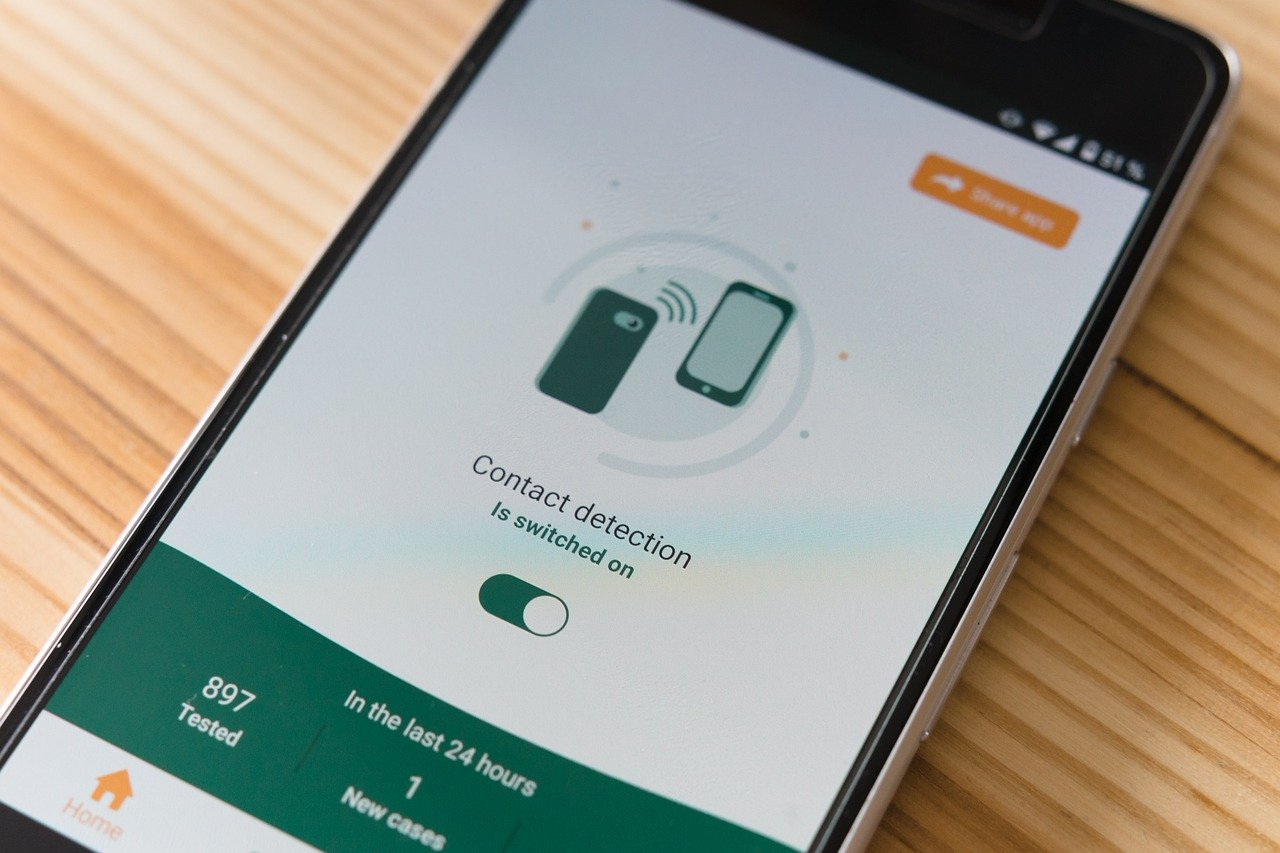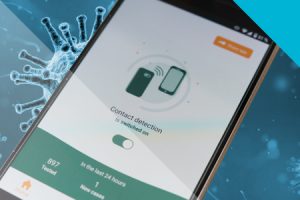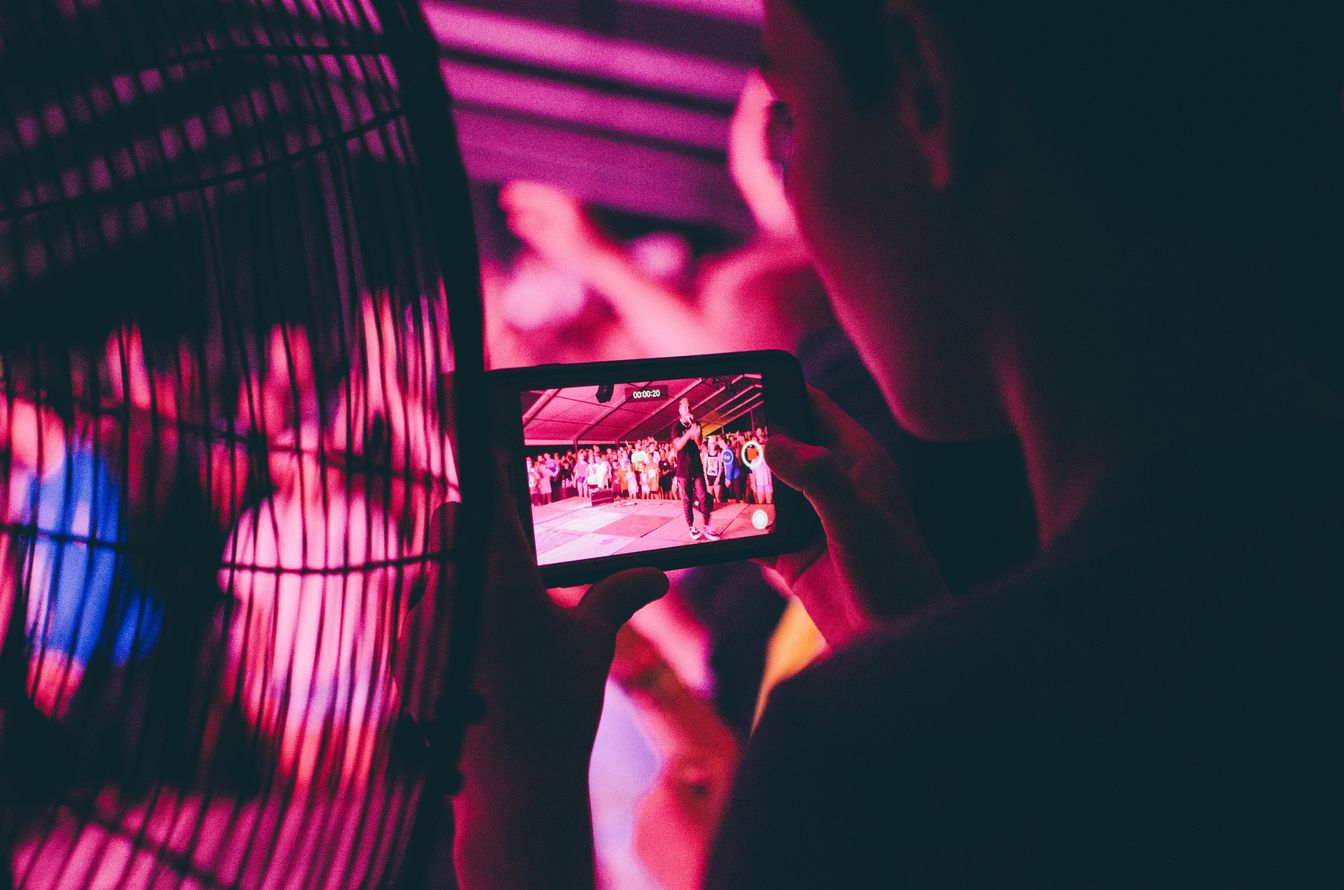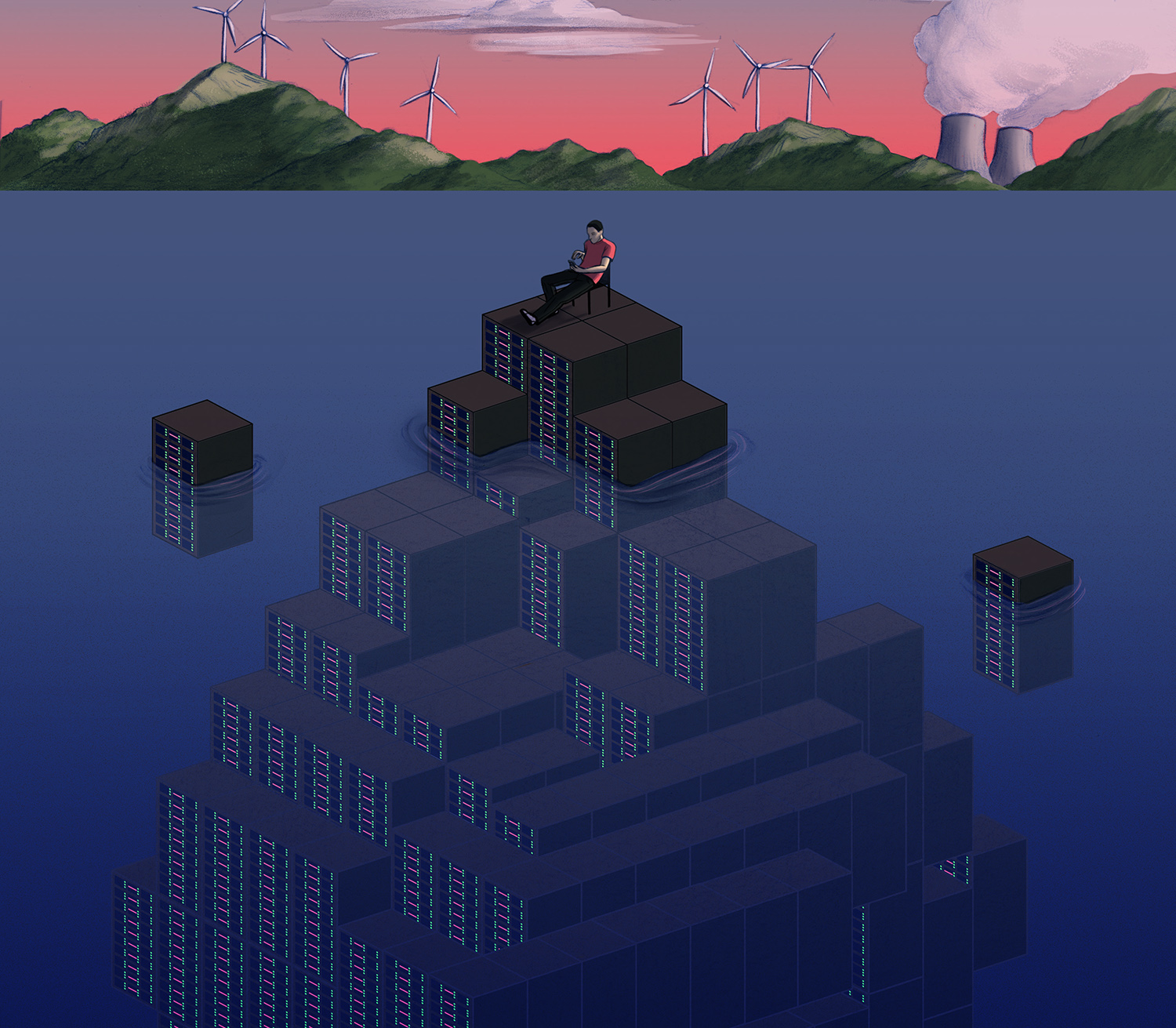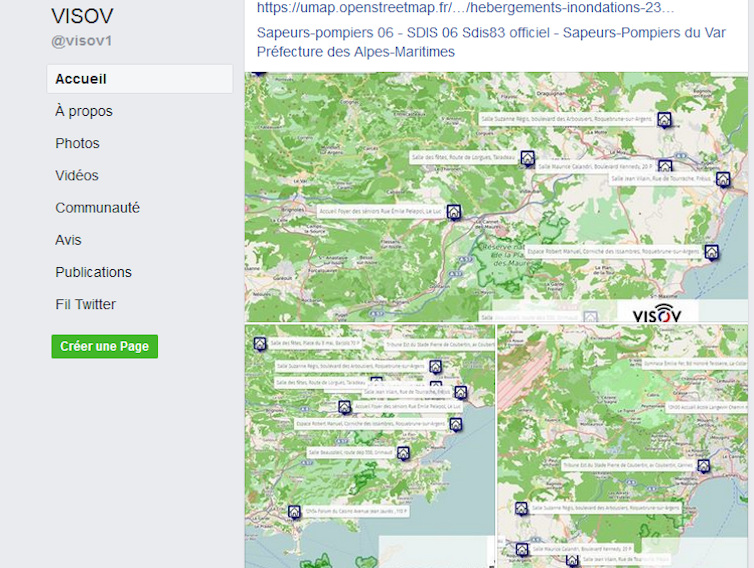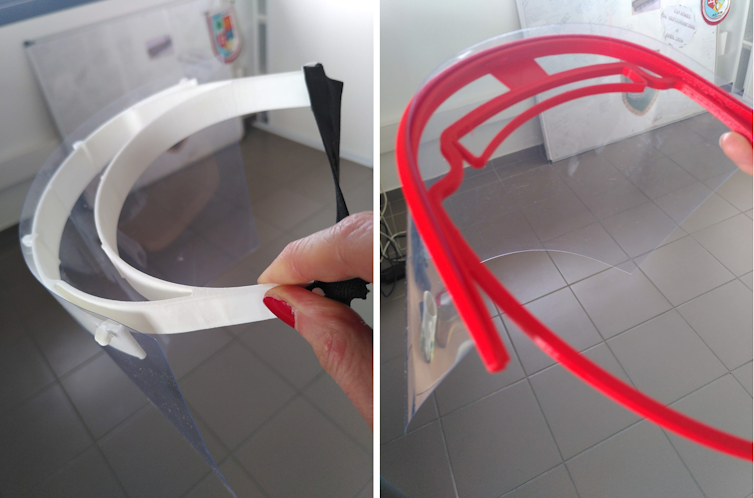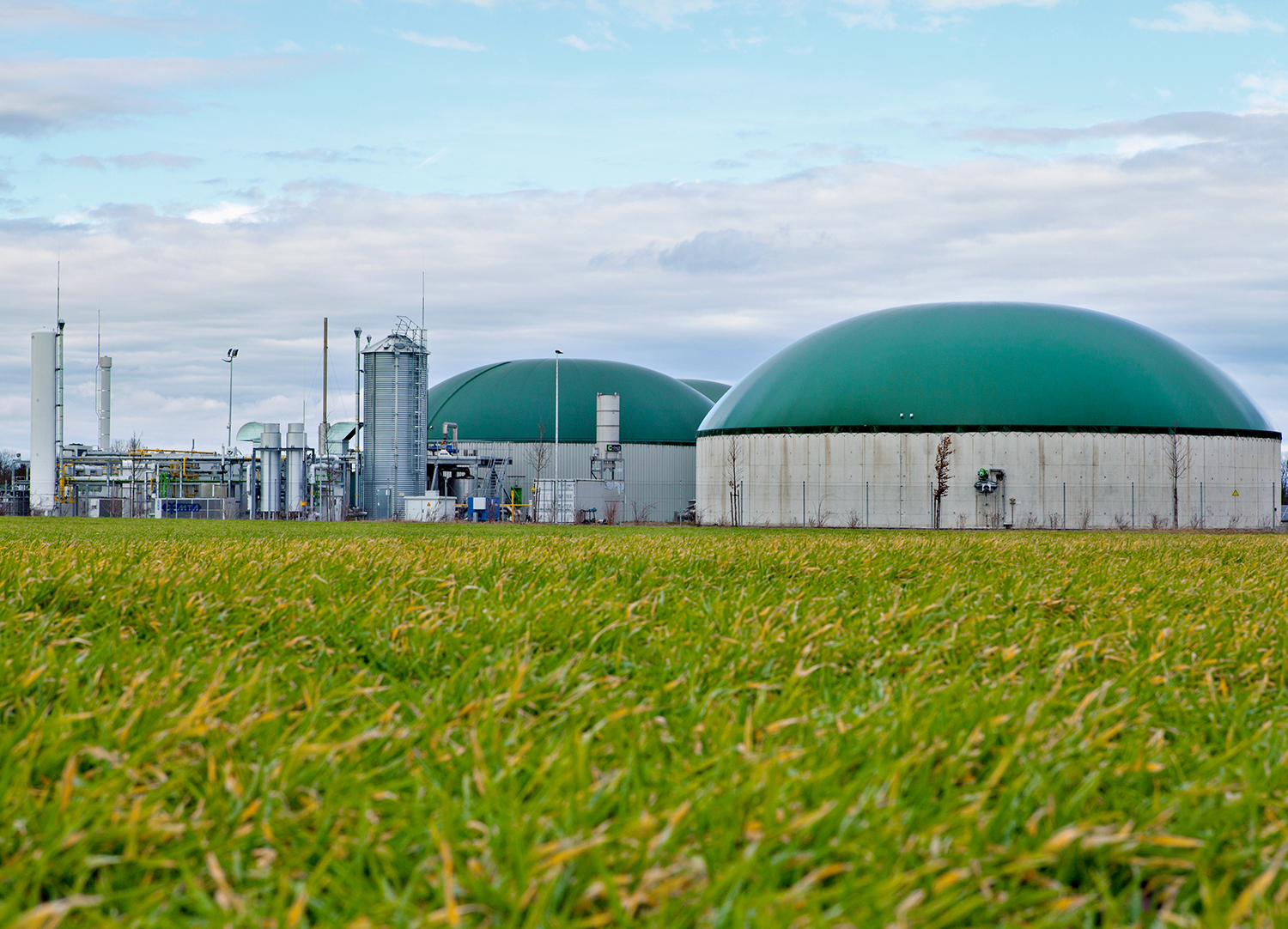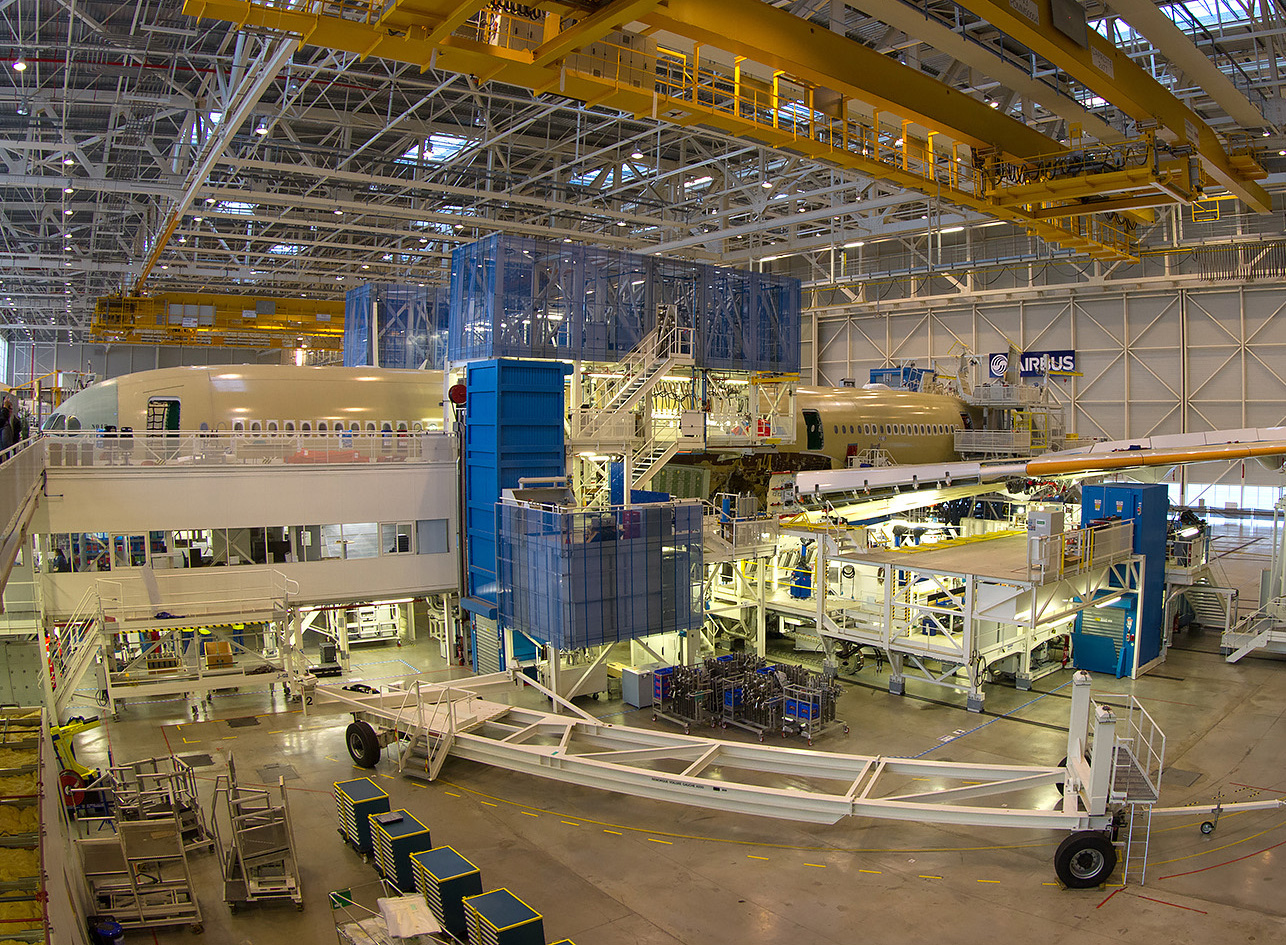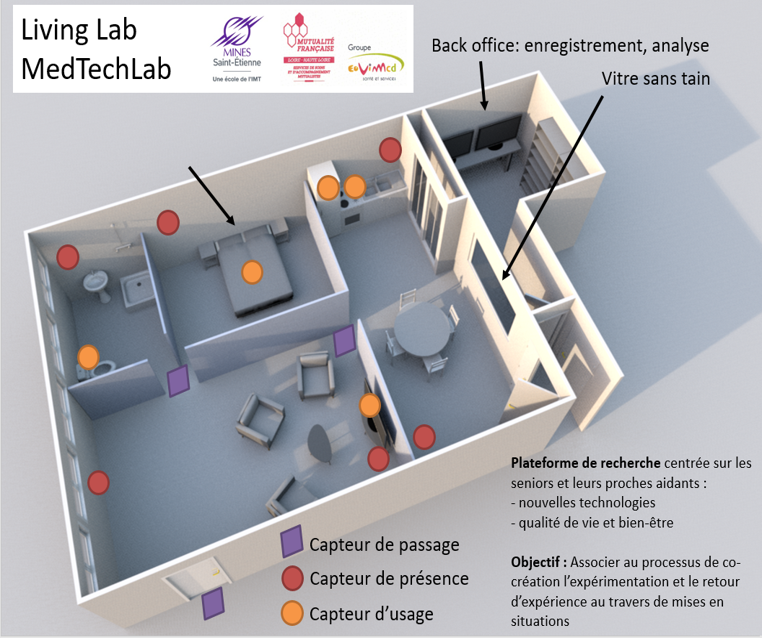How will we interact with the virtual reality?
The ways we interact with technology change over time and adapt to fit different contexts, bringing new constraints and possibilities. Jan Gugenheimer is a researcher at Télécom Paris and is particularly fascinated by interactions between humans and machines and the way they develop. In this interview, he introduces the questions surrounding our future interactions with virtual reality.
What is the difference between virtual, mixed and augmented reality?
Jan Gugenheimer: The most commonly cited definition presents a spectrum. Reality as we perceive it is situated on the far-left and virtual reality on the far-right of the spectrum, with mixed reality in the middle. We can therefore create variations within this spectrum. When we leave more perceptions of actual reality, we move to the left of the spectrum. When we remove real aspects by adding artificial information, we move towards virtual reality. Augmented reality is just one point on this spectrum. In general, I prefer to call this spatial computing, with the underlying paradigm that information is not limited to a square space.
How do you study human-machine interactions?
JG: Our approach is to study what will happen when this technology leaves the laboratory. Computers have already made this transition: they were once large, stationary machines. A lot has changed. We now have smartphones in our pockets at all times. We can see what has changed: the input and interface. I no longer use a keyboard to enter information into my phone (input), this had to change to fit a new context. User feedback has also changed: a vibrating computer wouldn’t make sense. But telephones need this feature. These changes are made because the context changes. Our work is to explore these interactions and developments and the technology’s design.
Does this mean imagining new uses for virtual reality?
JG: Yes, and this is where our work becomes more difficult, because we have to make predictions. When we think back to the first smartphone, IBM Simon, nobody would have been able to predict what it would become, the future form of the object, or its use cases. The same is true for virtual reality. We look at the headset and think “this is our very first smartphone!” What will it become? How will we use it in our daily lives?
Do you have a specific example of these interactions?
JG: For example, when we use a virtual reality headset, we make movements in all directions. But imagine using this headset in a bus or public transport. We can’t just hit the people around us. We therefore need to adapt the way information is inputted into the technology. We propose controlling the virtual movements with finger and eye movements. We must then study what works best, to what extent this is effective in controlling the movements, the size, and whether the user can perceive his or her movements. This is a very practical aspect but there are also psychological aspects, issues of immersion into virtual reality, and user fatigue.
Are there risks of misuse?
JG: In general, this pertains to design issues since the design of the technology promotes a certain type of use. For current media, there are research topics on what we call dark design. A designer creates an interface taking certain psychological aspects into account to encourage the application to be used in a certain way, of which you are probably not aware. If you use Twitter, for example, you can “scroll” through an infinite menu, and this compels you to keep consuming.
Some then see technology as negative, when in fact it is the way it is designed and implemented that makes it what it is. We could imagine a different Twitter, for example, that would display the warning “you have been connected for a long time, time to take a break”. We wonder what this will look like for spatial computing technology. What is the equivalent of infinite scrolling for virtual reality? We then look for ways to break this cycle and protect ourselves from these psychological effects. We believe that, because these new technologies are still developing, we have the opportunity to make them better.
Should standards be established to require ethically acceptable designs?
JG: That is a big question, and we do not yet have the answer. Should we create regulations? Establish guiding principles? Standards? Raise awareness? This is an open and very interesting topic. How can we create healthier designs? These dark designs can also be used positively, for example to limit toxic behavior online, which makes it difficult to think of standards. I think transparency is crucial. Each person who uses these techniques must make it public, for example, by adding the notice “this application uses persuasive techniques to make you consume more.” This could be a solution, but there are still a lot of open questions surrounding this subject.
Can virtual reality affect our long-term behavior?
JG: Mel Slater, a researcher at the University of Barcelona, is a pioneer in this type of research. To strengthen a sense of empathy, for example, a man could use virtual reality to experience harassment from a woman’s point of view. This offers a new perspective, a different understanding. And we know that exposure to this type of experience can change our behavior outside the virtual reality situation. There is a potential for possibly making us less sexist, less racist, but this also ushers in another set of questions. What if someone uses it for the exact opposite purposes? These are delicate issues involving psychology, design issues and questions about the role we, as scientists and designers, play in the development of these technologies. And I think we should think about the potential negative uses of the technology we are bringing into the world.
Tiphaine Claveau for I’MTech

